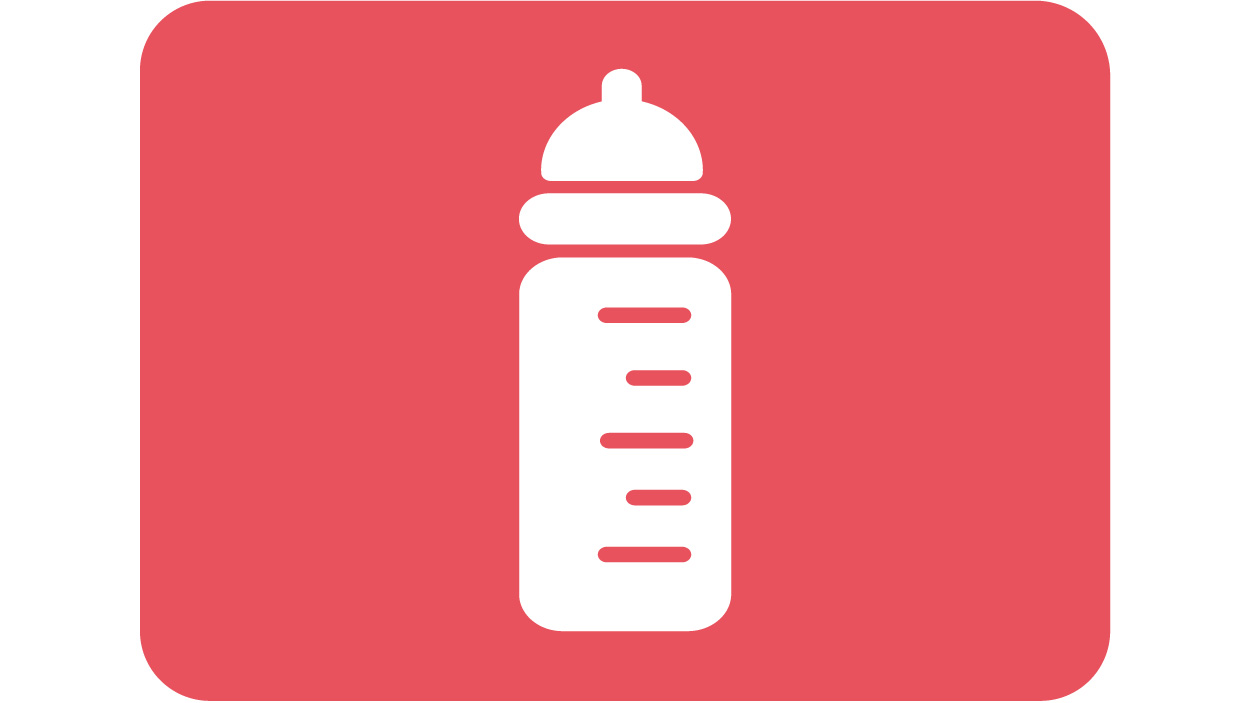

Approved by the What’s Up Moms Medical Advisory Board
Baby is about 17 inches, the length of a hand vacuum. At 4+ lbs, she’s adding more and more fat, and skin is becoming less see-through and more opaque. Now, during baby’s awake time, peepers are staying open, and, here’s a biggie: she’s learning to coordinate breathing with sucking and swallowing. She may already be in head down position but you won’t really know until your next appt.
Your big ol’ belly is getting cumbersome to lug around – it’s telling you to slow down, so listen! If you’re working, see what you can do to lighten your load. Are you a lucky duck whose job allows flexible start-stop times or the ability to restructure your hours (i.e., maybe you worked four full days per week but now prefer to do five partial days)? Can you grab catnaps as needed? Of course, this won’t fly at all workplaces. But feel it out. At the very least get your hands on an under-desk footstool (game changer), a lumbar support cushion, and a small fan so you don’t have to give frostbite to everyone else in the office while you keep your boob sweat in check.
Dress as comfortably as humanly possible (hint: a shift dress is basically a nightgown – and that’s a yassss), take frequent breaks, and, instead of that afternoon joe, perk up with a few whiffs of a citrus or peppermint essential oil. Remember: just because you can power through at your typical pace doesn’t mean you should, so whatever you can do to rest body and mind is good. It goes a long way.
You’re still monitoring baby’s kicks daily and just flagging anything different from the norm. You’re also on alert to differentiate any Braxton Hicks (AKA ‘practice’) contractions from real ones. If there’s any question, time your contractions from the start of one to the start of the next. The Real Deal are increasingly regular, long (usually lasting 30-90 seconds) and close together. Braxton-Hicks feel like tightening, whereas the real ones HURT.
To-do this week: If you plan to breastfeed, read up. Yes, you’ll learn by doing once baby’s born, ideally with the help of a lactation consultant or nurse (do not leave the hospital till you do this – it’s clutch!), but you’ll be much more empowered and prepared if you’ve learned up in advance and even have some of the lingo — letdown, latch, colostrum, foremilk, hindmilk, rooting. You’ll also get a realistic sense of what’s to come — which is that “natural” though it may be, breastfeeding is not easy. It’s a skill to learn and it takes practice – for you and baby.







